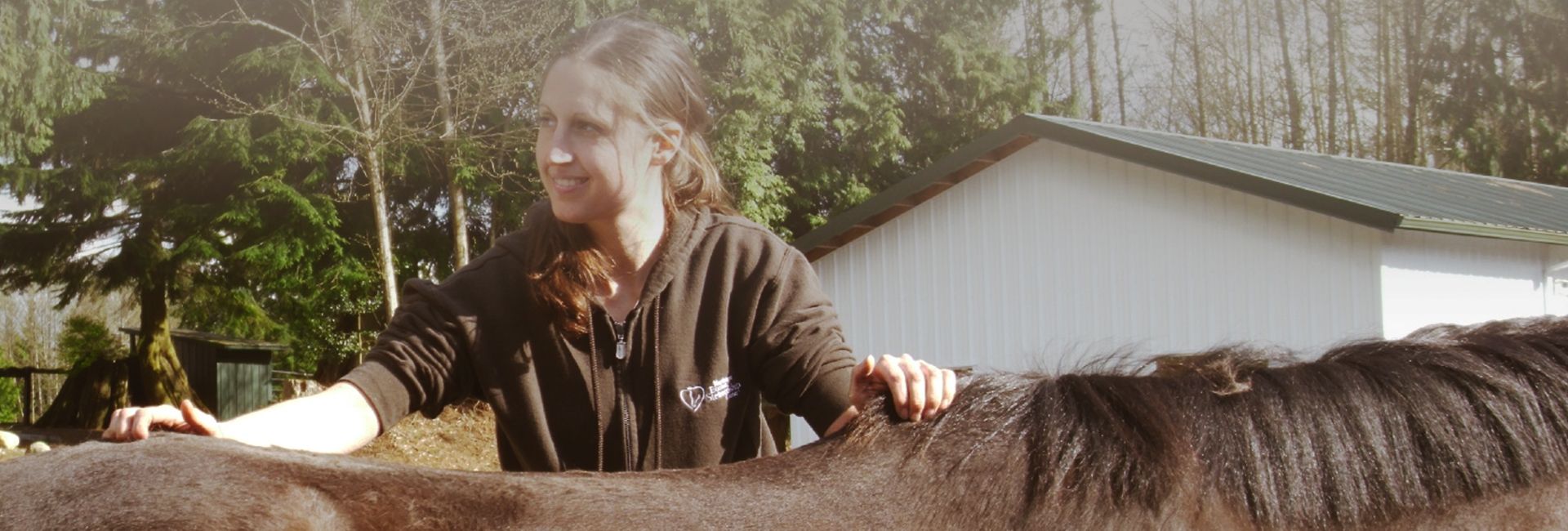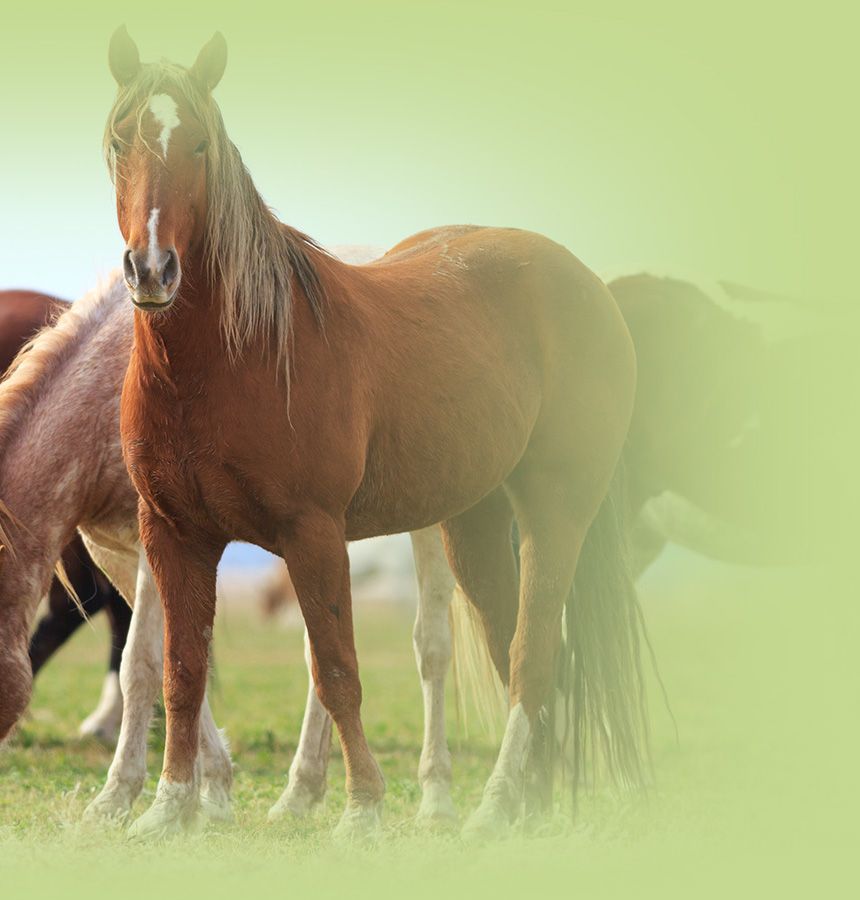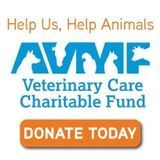We're trained veterinarians who can evaluate and perform adjustments on your horse.
Cedarbrook Veterinary Care's veterinarians are American Veterinary Chiropractic Association (AVCA) trained veterinarians who can evaluate and perform adjustments on your horse.
Veterinary Chiropractic (often described as spinal manipulation therapy) is a holistic approach to healthcare that is based on symmetry and freedom of movement. It does not replace traditional medicine and surgery but works in conjunction with traditional veterinary medicine to improve the health and movement of all the joints in the body, but especially the spinal column. When used concurrently with traditional medicine, many of your horse's musculoskeletal conditions respond dramatically and rehabilitation can take place quickly and efficiently.
Veterinary Chiropractic (often described as spinal manipulation therapy) is a holistic approach to healthcare that is based on symmetry and freedom of movement. It does not replace traditional medicine and surgery but works in conjunction with traditional veterinary medicine to improve the health and movement of all the joints in the body, but especially the spinal column. When used concurrently with traditional medicine, many of your horse's musculoskeletal conditions respond dramatically and rehabilitation can take place quickly and efficiently.




